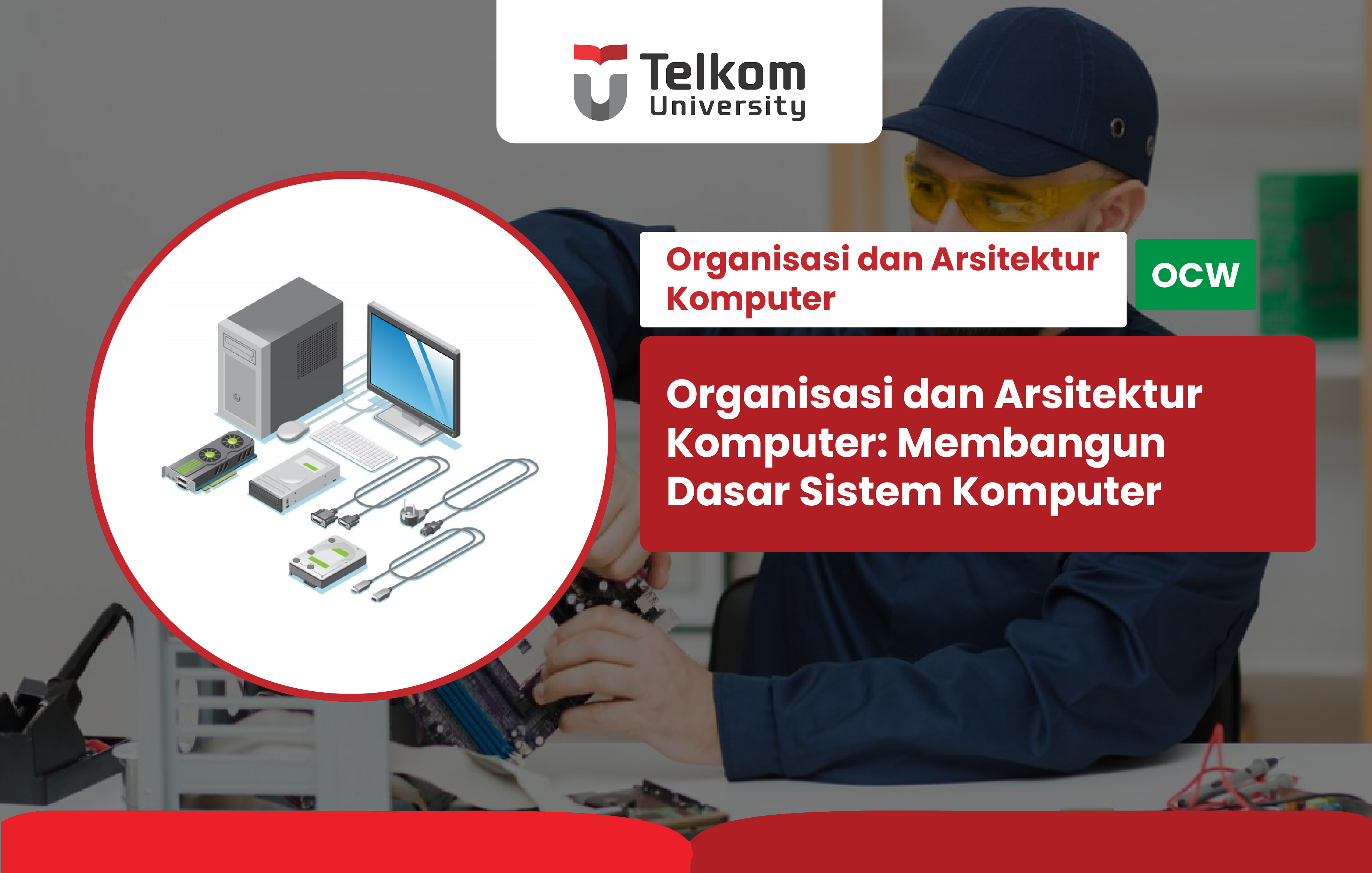
GENERAL INFORMATION
Course Description:
The program created will be more optimal if the programmer understands how computer hardware works. Computer Organization and Architecture is a course that teaches students how computer hardware works which includes how Input/Output works, bus systems, RAM, hard drives and other types of external memory, as well as how processors work in SAP and MIPS architectures.
Learning Outcomes:
CLO 1 (14%): Students are able to explain, apply, and analyze computer systems, input/output, and interconnection systems appropriately
CLO 2 (26%): Students are able to explain, apply, and analyze memory organization appropriately
CLO 3 (30%): Students are able to explain, apply, and analyze SAP architecture appropriately
CLO 4 (30%): Students are able to explain, apply, and analyze MIPS architecture appropriately.
Key references:
[STA19] Stalling, William. 2019. “Computer Organization and Architecture: Designing for Performance”. Prentice Hall. [MAL11] Malvino, Albert Paul; Jerald A. Brown. 2011. “Digital Computer Electronics”. McGraw-Hill. New York.Class Requirements:
1. Onsite face-to-face meetings are planned for 12x and online meetings are planned for 4x.
2. Students must attend all meetings both onsite and online.
3. Students are required to use the LMS to study the material and work on the questions in the LMS.
4. Students are required to open the slides and study the material independently.
5. Students must open the video and answer any pop up questions (if any).
6. Students are required to do quizzes/assignments.
7. Students must be active in the discussion forum on the LMS.
Attendance requirements:
Students are considered present if:
1) Attend lectures that are compulsory.
2) Work on quiz questions or assignments for the meeting.
3) Argue or answer questions in the forum provided.
